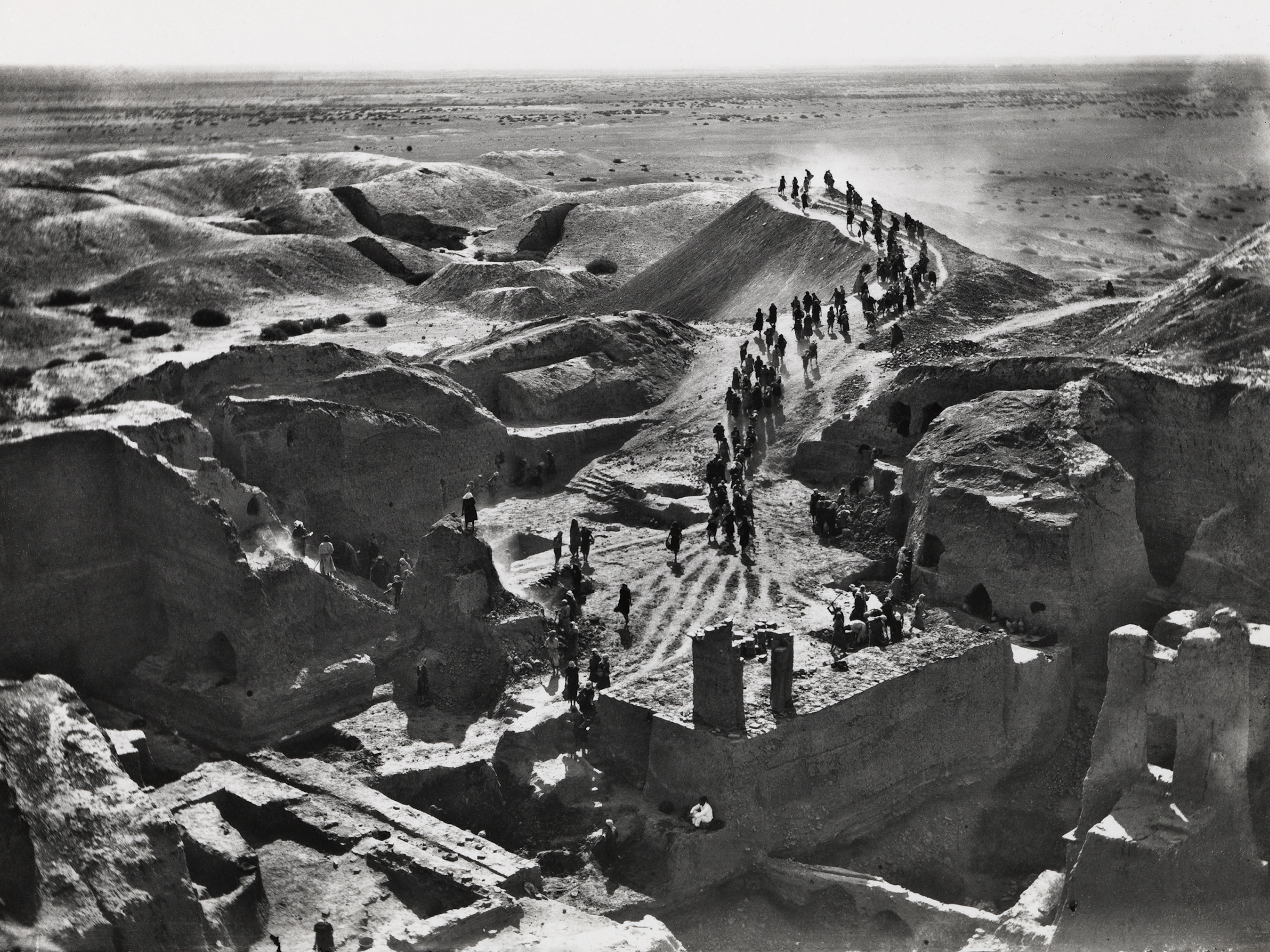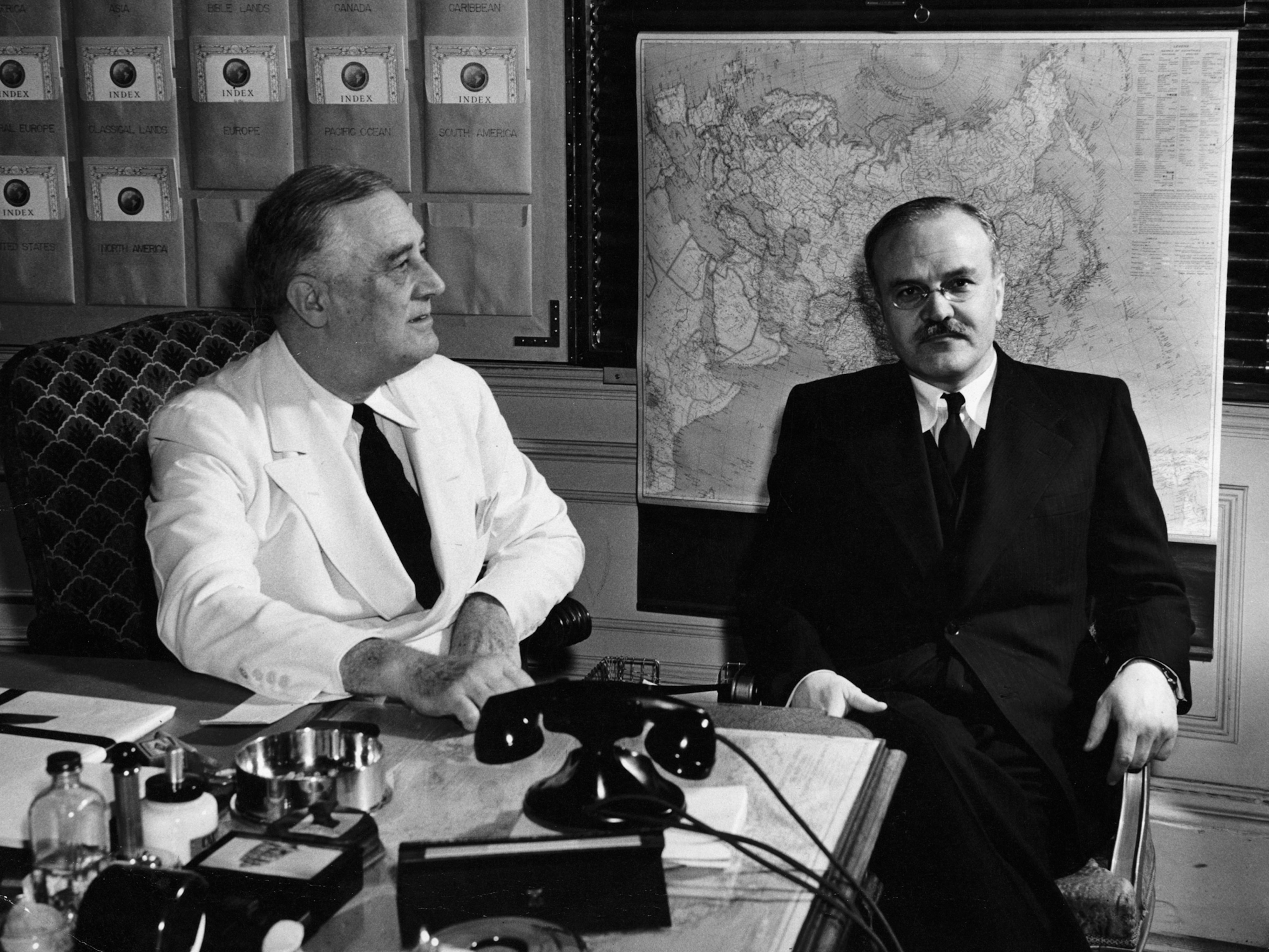Interactive Map Color-Codes Race of Every Single American
Designer behind the map gives us 5 takeaways from his project.
It sounds somewhat implausible, but a University of Virginia academic has designed an interactive map that color-codes the geographic distribution of every single American, drawing on the last census.
The Racial Dot Map uses 308,745,538 blue, green, red, and other colored dots to represent the race of every American in the place that person lives.
In what some bloggers have called a work of demographic pointillism, the new map allows users to scroll across the United States and zoom in on any area to view its racial mix.
Dustin Cable, the map's creator and a senior research associate at the University of Virginia's Weldon Cooper Center for Public Service, says the graphic adds a level of engagement that's absent when scrolling through hundreds and hundreds of tables from the 2010 census.
"It puts complex data into context—you are a point on that map somewhere," he says. "You can look yourself up and look at yourself in the context of that neighborhood."
Here are five big takeaways from the Racial Dot Map:
Purple Denotes Diversity
The map uses blue dots to represent those who identify on the census as white, green dots for people who identify as black, red for Asian, orange for Hispanic, and brown for those who identify as another race, Native American, or multiracial.
But the map also features blobs of purple or teal.
Since most of the dots are smaller than a pixel on a computer screen, high concentrations of different colors can combine at wider zoom levels to create a purplish hue, like in this photo of the Amtrak route that runs through Washington, D.C., Baltimore, Philadelphia, and New York. So purple is an indication of diversity on a regional scale.
Still, what looks like racial integration from a distance can change upon zooming. Scroll over Minnesota, for example, and you'll get a nebula of purple and blue dots around Minneapolis. But zoom in and segregation becomes apparent on a neighborhood scale, as more red and green dots emerge.
[AMTRAK LINE IMAGE]
Even the President Is Included
Since data is taken from the U.S. census, the map includes a dot for every single person at the place they lived on April 1, 2010—even President Barack Obama. By zooming in on 1600 Pennsylvania Avenue in Washington, five green dots (which represent black Americans) become visible, representing the President, his wife and two daughters, and his mother-in-law.
[WASHINGTON/NORTHERN VIRGINIA IMAGE]
Racial Divides Get Granular
The data presented on the map is so specific and detailed that zooming in on neighborhoods in highly segregated cities like Chicago can reveal stark, street-by-street racial divides.
"On one side of the street there is one thing living there, and on the other it's predominantly another thing, and you really can see those block-by-block differences," says Cable.
[CHICAGO IMAGE]
Racial Anomalies Are Explainable
Prison inmates are included in the census, and Cable says map users can detect the location of certain correctional facilities because they appear more green (which represents black Americans) and more orange (which represents Hispanic Americans), compared with the typically rural surrounding areas. An example of this is a women's correctional facility just east of Charlottesville, Virginia, as seen in the image below.
[PRISON IMAGE]
Where We Choose to Live Has Changed Over Time
Geographic distributions of population differ on the East and West coasts of the U.S., which Cable says reflects how development patterns have changed throughout history. On the East Coast, hundred-year-old cities were developed alongside rivers that enabled transportation. The Western half of the country was settled later and reflects greater planning, with highly populated pockets like Los Angeles and Denver. In the Midwest, from Ohio to Minnesota, cities and smaller towns reflect how major highways shaped residential patterns.
[BAY AREA IMAGE]
To interact with the map, click here.
Follow Jaclyn Skurie on Twitter.





